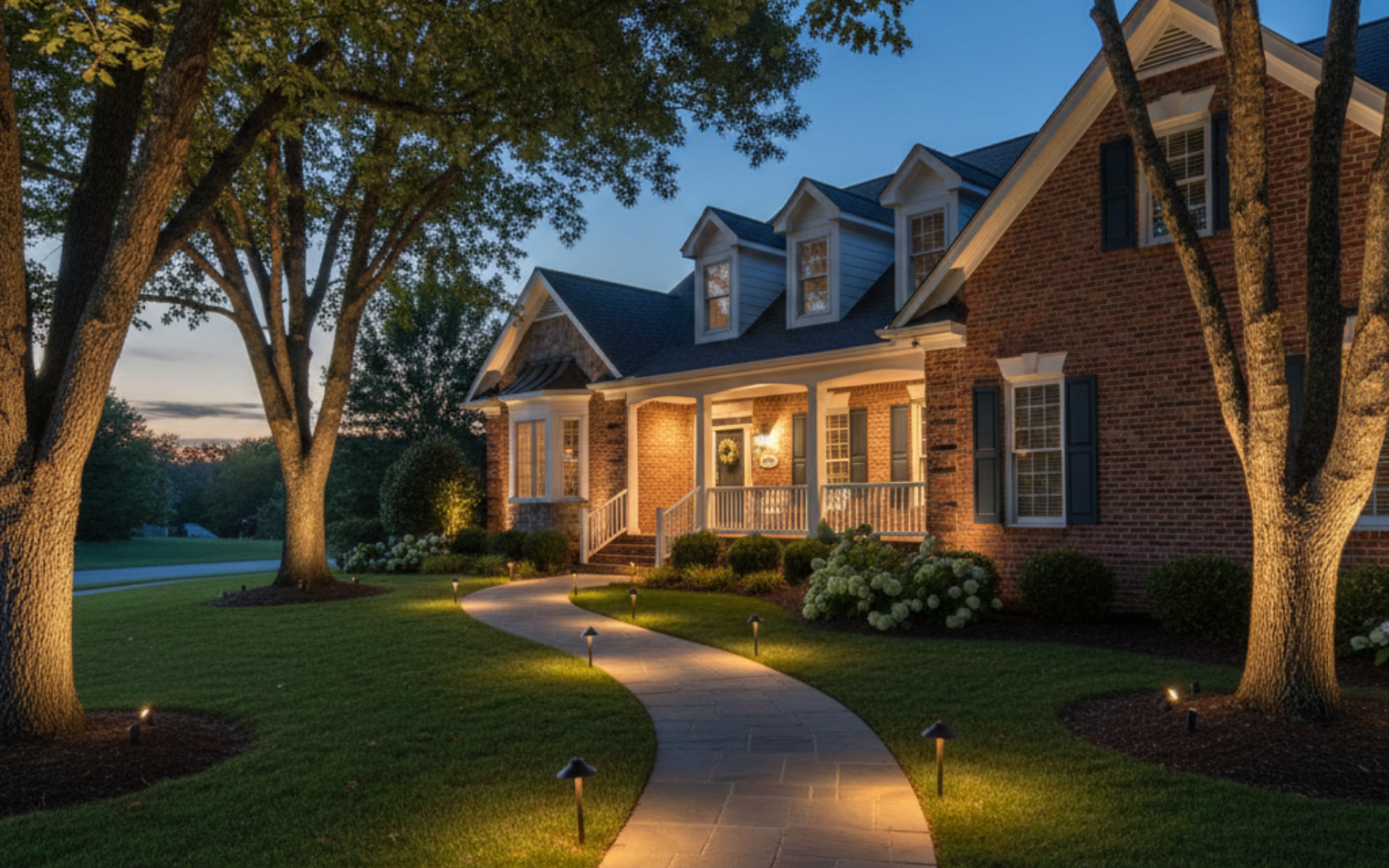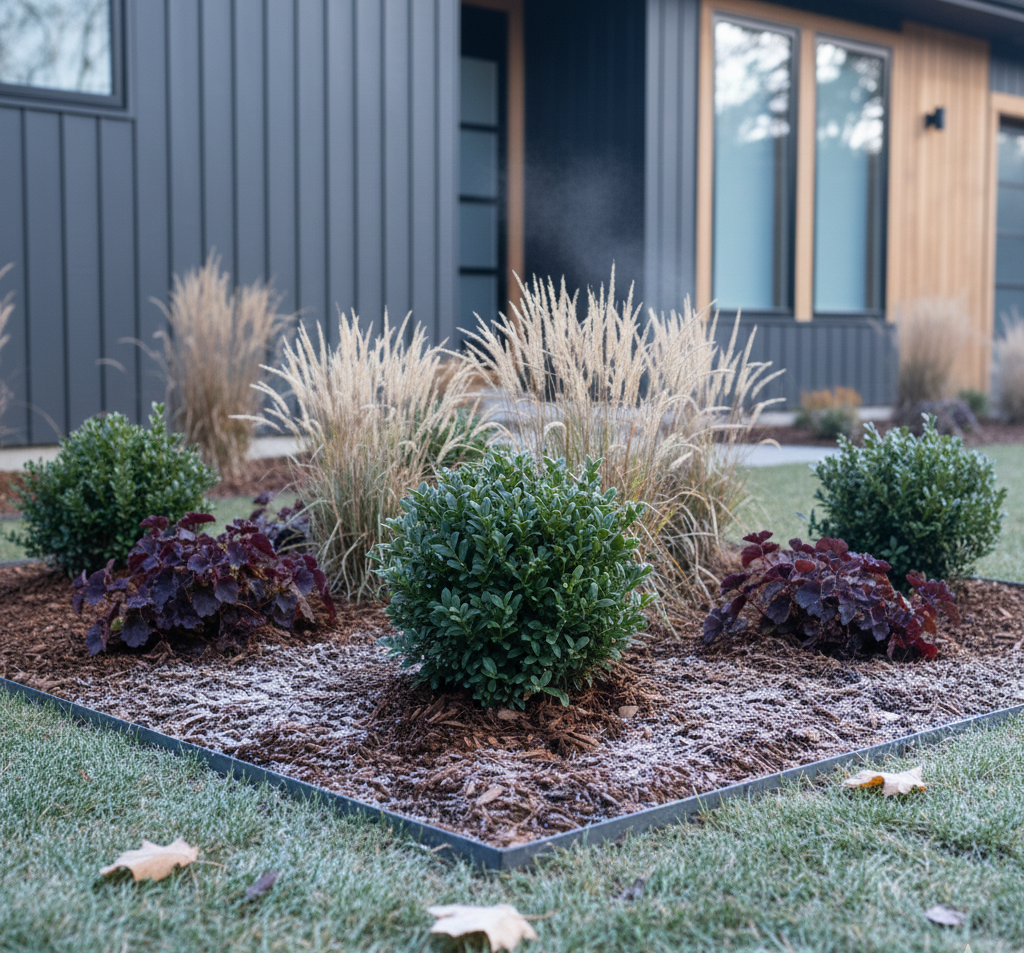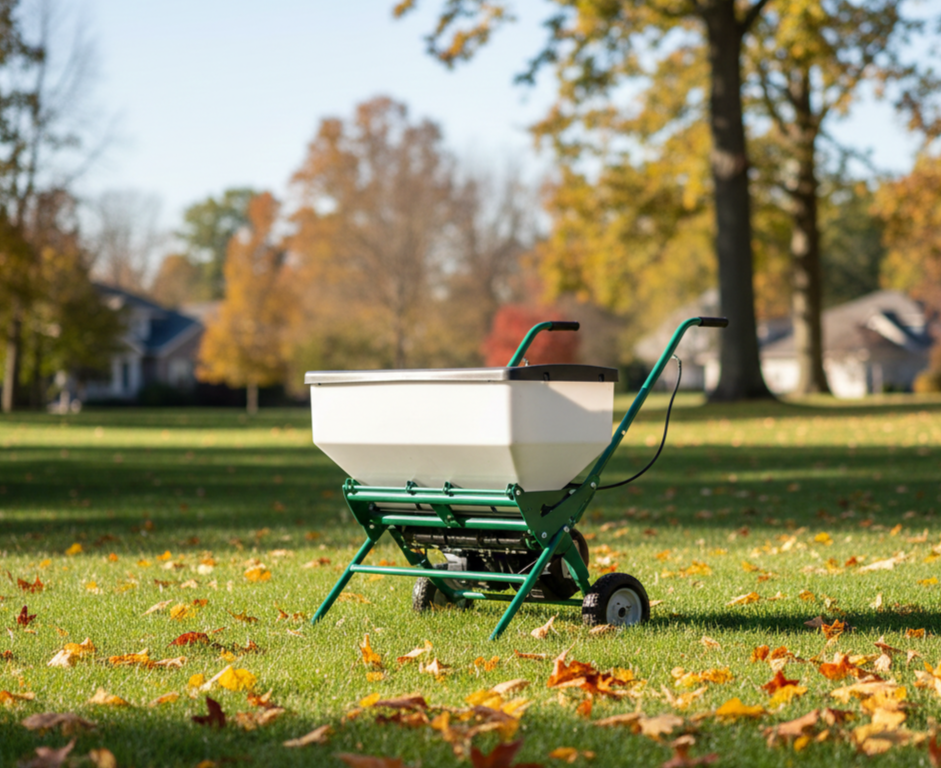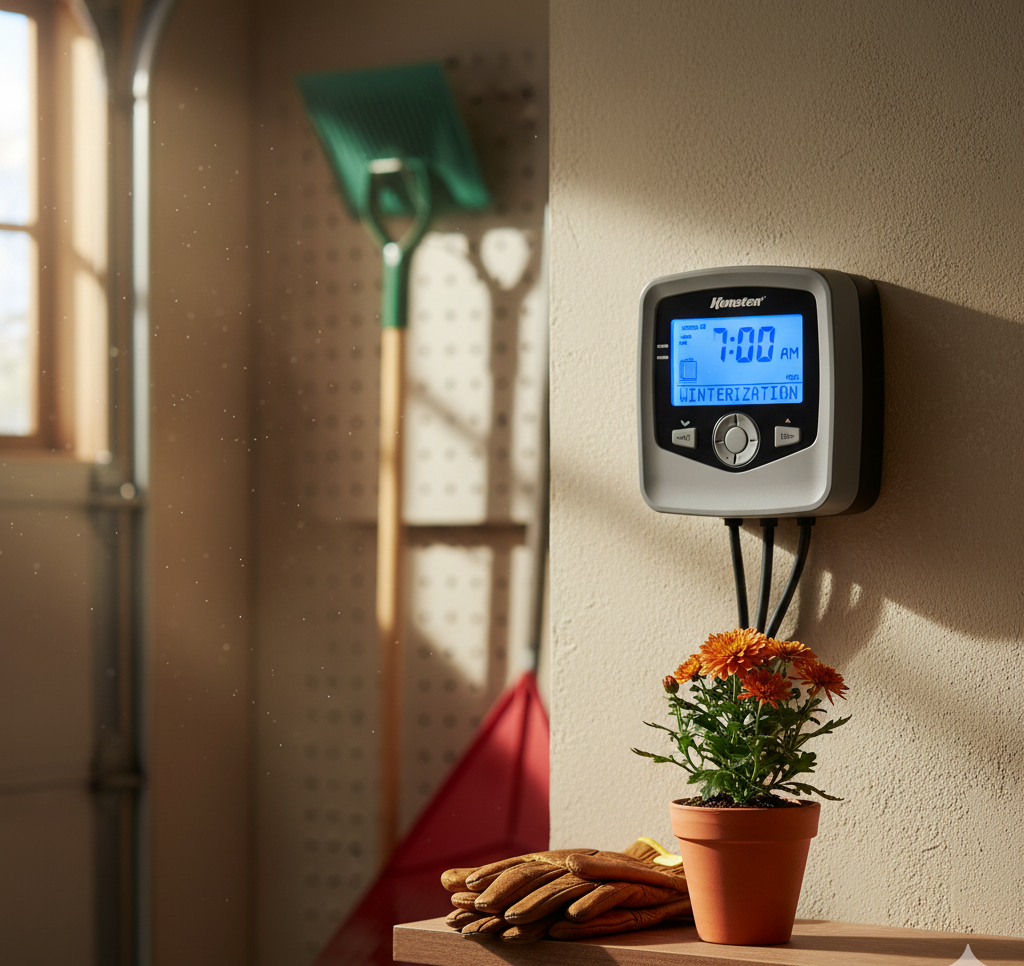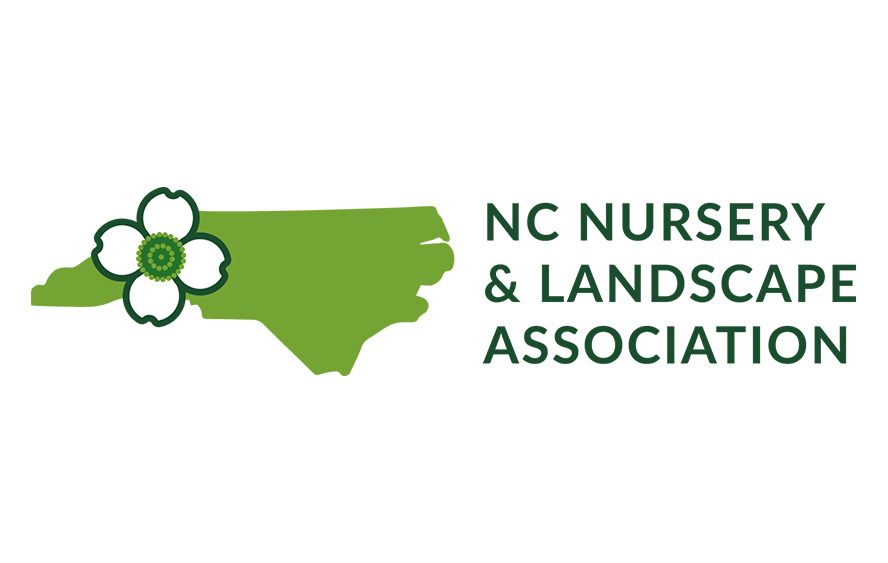Best Time to Aerate Your Lawn
Aeration helps control thatch, improves soil structure, helps create growth pockets for new roots, and opens the pathway for fertilizer and water to spread to the root zone of your lawn. Annual or semiannual aeration during the early Spring or early Fall is recommended for all lawns, especially those with thatch buildup due to foot traffic among others. It’s also recommended for any lawn that needs to be thickening as well.
What Is Aeration?
When you aerate a lawn, you poke holes in the lawn (and the soil beneath) by either pushing short spikes into turf and soil or by extracting a small plug of soil, also known as coring. You can use a core aerator or liquid aeration. Lawn aeration produces several results: Oxygen can reach turf roots and soil. Fertilizers and nutrients can enter the soil and come into contact with the roots. Water soaks into the soil more efficiently, easily reaching grass root zones. Thatch is physically disrupted and broken up. Compacted soil is loosened and nutrients reach the soil.
Why Aeration Is Needed?
Left alone, grass would grow tall and billowy, sinking roots deeply. These deep roots would break up the soil and form an anchor enabling turf to withstand the summer heat and drought with ease. The typical homeowner, however, doesn’t leave the grass alone. Instead, we cut and edge and blow, grooming a manicured swath of sparkling green. The activities associated with maintaining a lush lawn combine to compress the soil, which suppresses root growth and hinders roots from penetrating into the soil. If a lawn grows for years without aeration, the soil beneath will eventually harden, shrugging off fertilizer, rainfall, and supplemental irrigation. As soil becomes tighter, grass grows less, thinning and eventually dying.
Thatch compounds the problem grass plants naturally spread over the soil, and occasionally, parts of individual turf plants die and begin to decompose. The thin layer of dead and decomposing bits of grass that lies between actively growing shoots and soil is called thatch. A moderate thatch layer is actually beneficial, insulating the soil from sunlight and reducing water evaporation. If thatch builds up to more than one-half inch, it begins to interfere with water, fertilizer and oxygen absorption by soil and grass roots. When a thick thatch layer is present, turf actually roots into the thatch, which offers no nutritional support—and further weakens the lawn. When thatch exceeds one-half inch, the most reliable way to break it up is with lawn aeration, followed by raking with a thatch rake. Regular lawn aeration from your lawn care company prevents thatch build-up, as does proper fertilization and watering.
Benefits of Aeration
The single greatest result of Spring or Fall aeration is that compacted soil becomes loose, which unleashes a cascade of events that foster healthy grass: Turf roots can penetrate and spread easily in loose soil, forming the network needed for grass to withstand summer heat and drought. Openings punched into the soil and thatch allow oxygen to permeate the grass root zone environs, especially helpful for grass seeds. Oxygen helps prevent the spread of fungal diseases and enhances the growth of microorganisms that digest lawn thatch. An aerated lawn also permits fertilizer and water to reach plant roots, which favors healthy growth.


